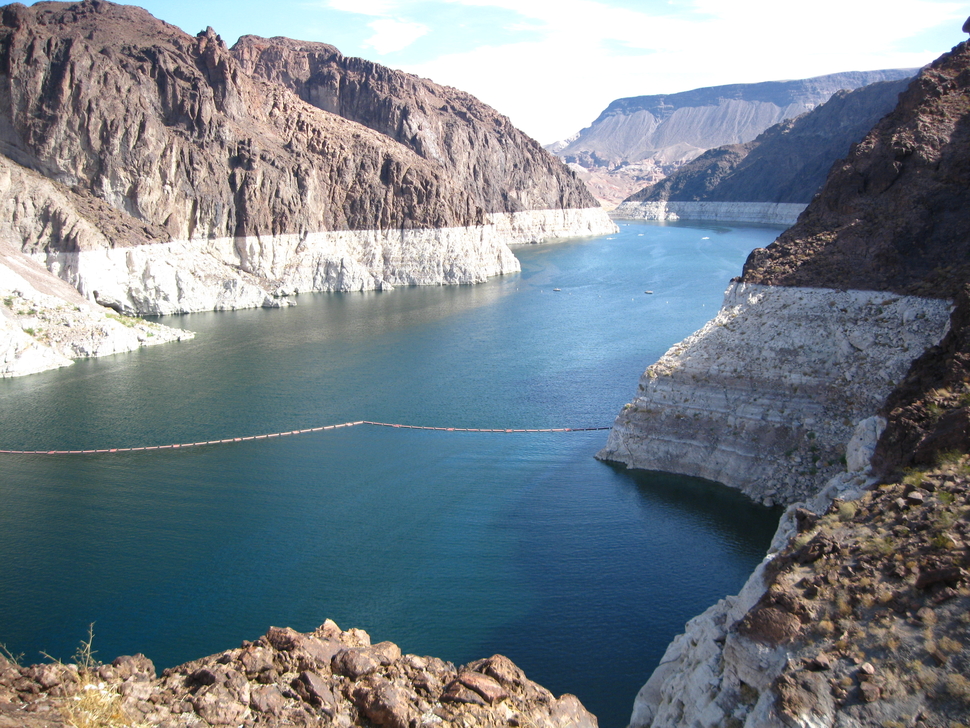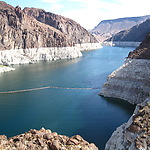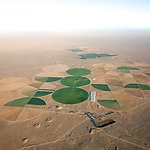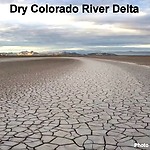With climate change on the rise, bringing with it more frequent extreme weather events, many nations have refocused their attentions on water security, sustainable agriculture and environmental protection. Rivers all around the world have been, or are being, changed directly or indirectly through human activities. Hydroelectric and other types of dams aim to supply a steady amount of renewable energy, while also creating a buffer of stored water for when drought hits. However, the building of dams can affect communities and habitats both human and natural, and often have unforeseen consequences. Moreover, the siphoning of water into canals for irrigation from many of the world’s largest rivers has reduced these to a trickle. In many communities, agriculture is the local employer and, therefore, communities depend on and demand a steady supply of water.
A prime example of a river, on which 30 million people depend to varying extents in seven U.S. states and Mexico, is the Colorado River. It is one of the most controlled rivers on Earth, supplying cities such as Las Vegas with water as well as to the areas immediately around the river. As Las Vegas continues to grow, it becomes very clear that it could not exist without a constant input of water from the Colorado and hydropower from the Hoover Dam, built in 1936 (the largest dam at the time of construction). Over time, cities have grown and technologies have been developed, driving up demand for dwindling water resources. Moreover, over the last decade, the South West of the United States and much of Mexico have seen severe droughts that have caused the river to become depleted at an accelerated rate. Water levels in the two largest artificial reservoirs, Lake Mead and Lake Powel are so low that they threaten supplies for major cities. At this point, the river no longer reaches theGulf of California and many in Mexico are feeling the effects of upriver greed.
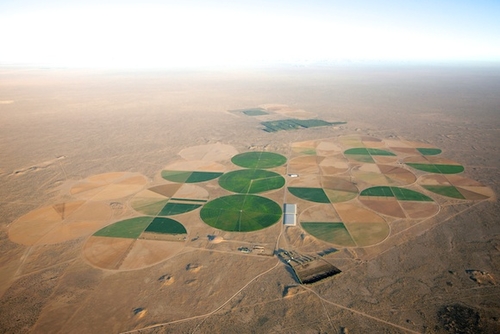
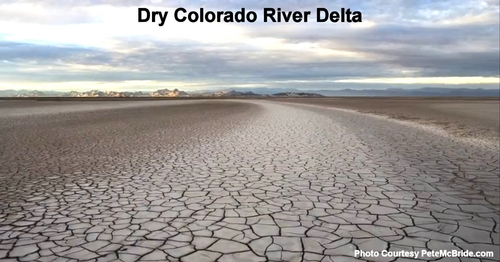
Sources:
http://www.aljazeera.com/programmes/faultlines/2015/09/colorado-river-lifeline-running-dry-150928152039674.html
http://environment.nationalgeographic.com/environment/freshwater/change-the-course/colorado-river-map/
Images:
http://static1.1.sqspcdn.com/static/f/752752/24542076/1395066685017/Lake_Mead_after_11_years_of_drought.jpg?token=kW9xxzbatPABkIUdzUpfEemEgkQ%3D
http://www.disputedwaters.com/wp-content/uploads/2011/02/DW_2010-11-01_MG_1774.jpg
conservationco.org
